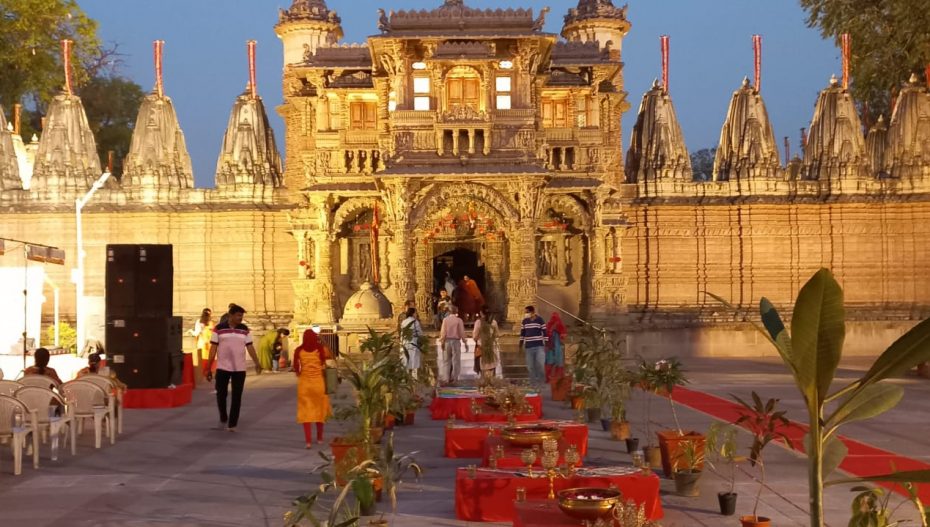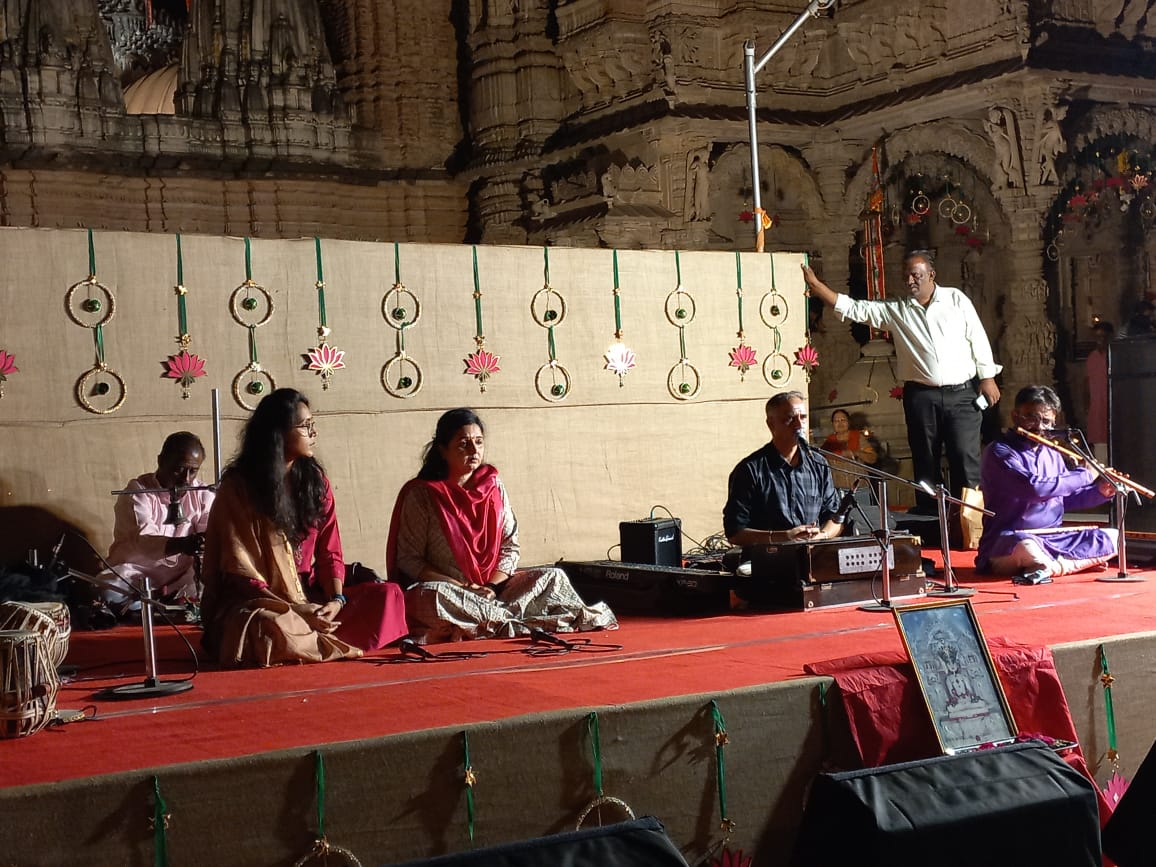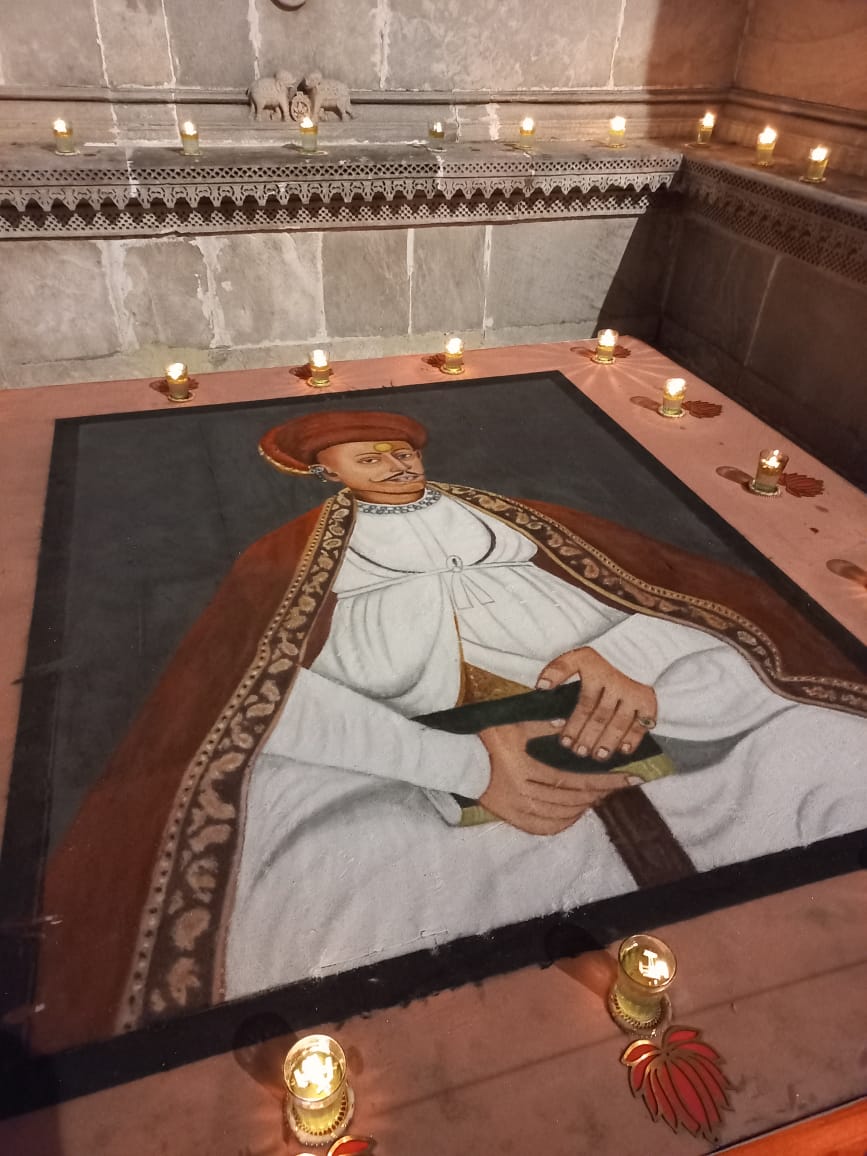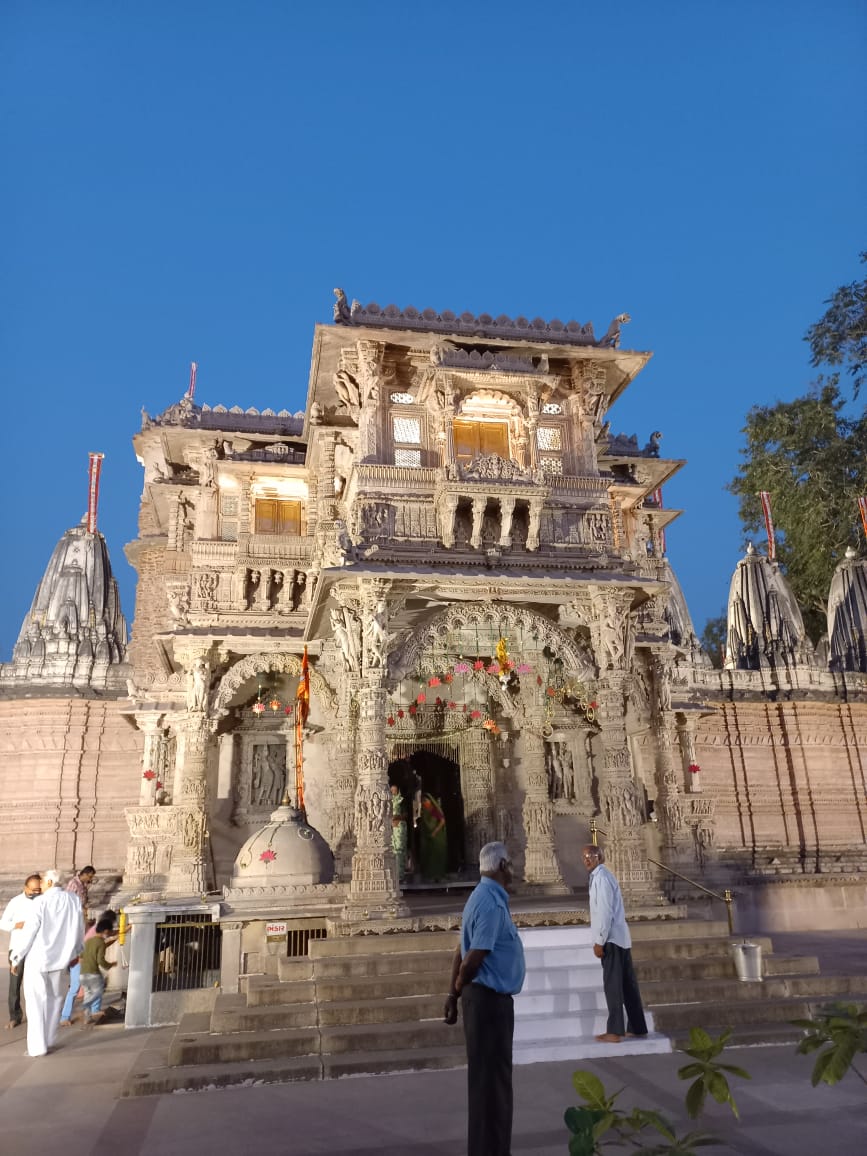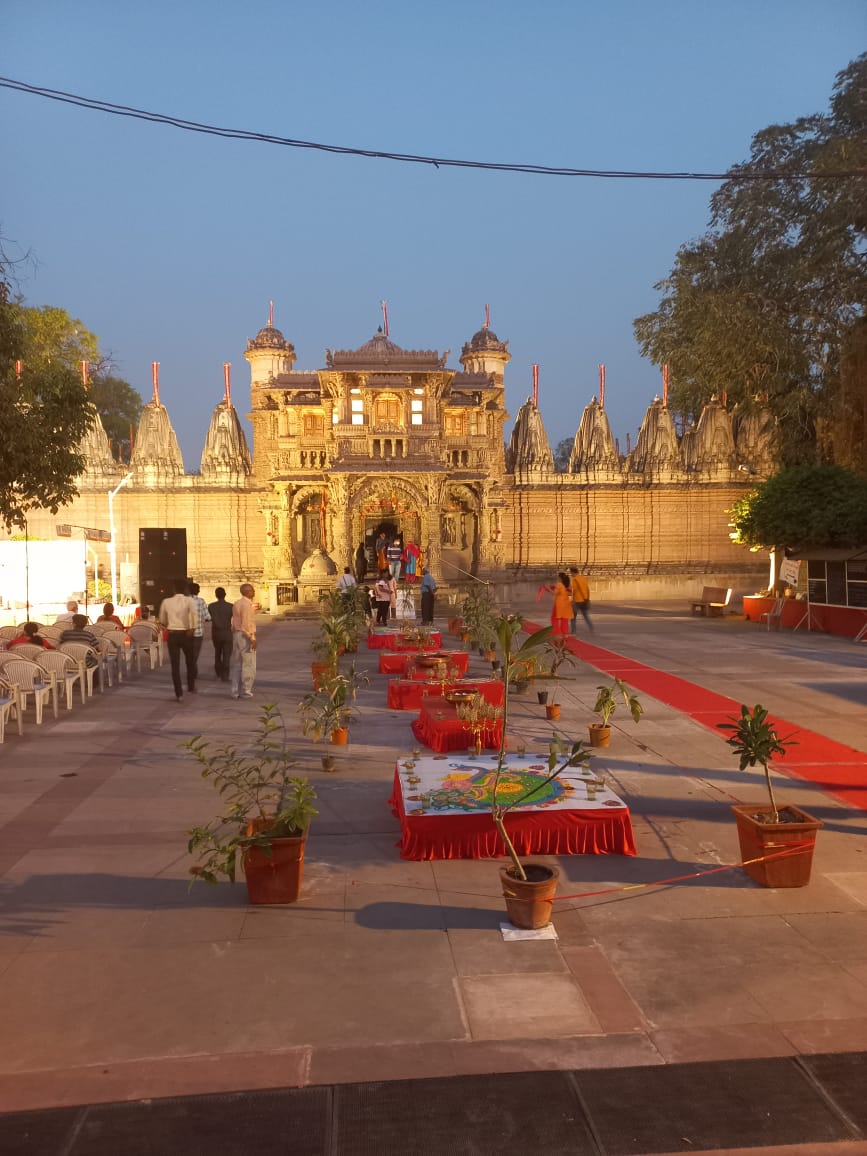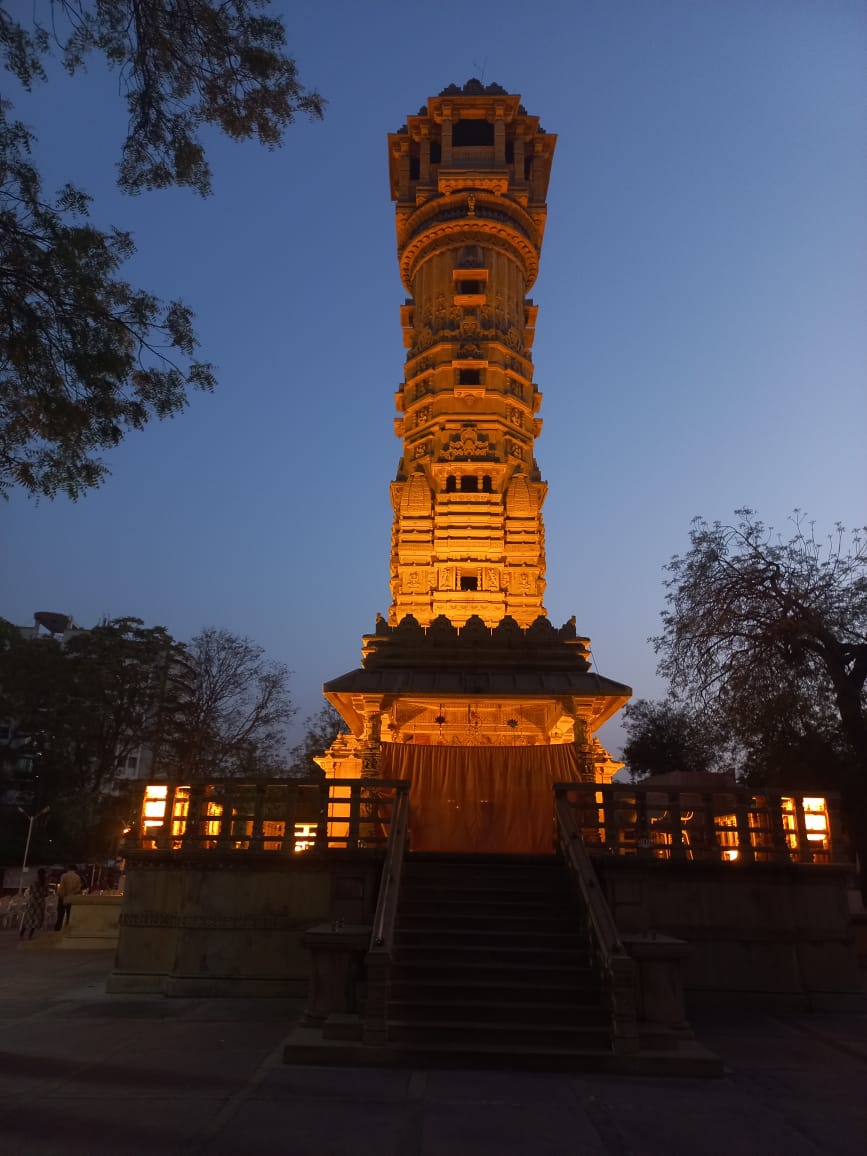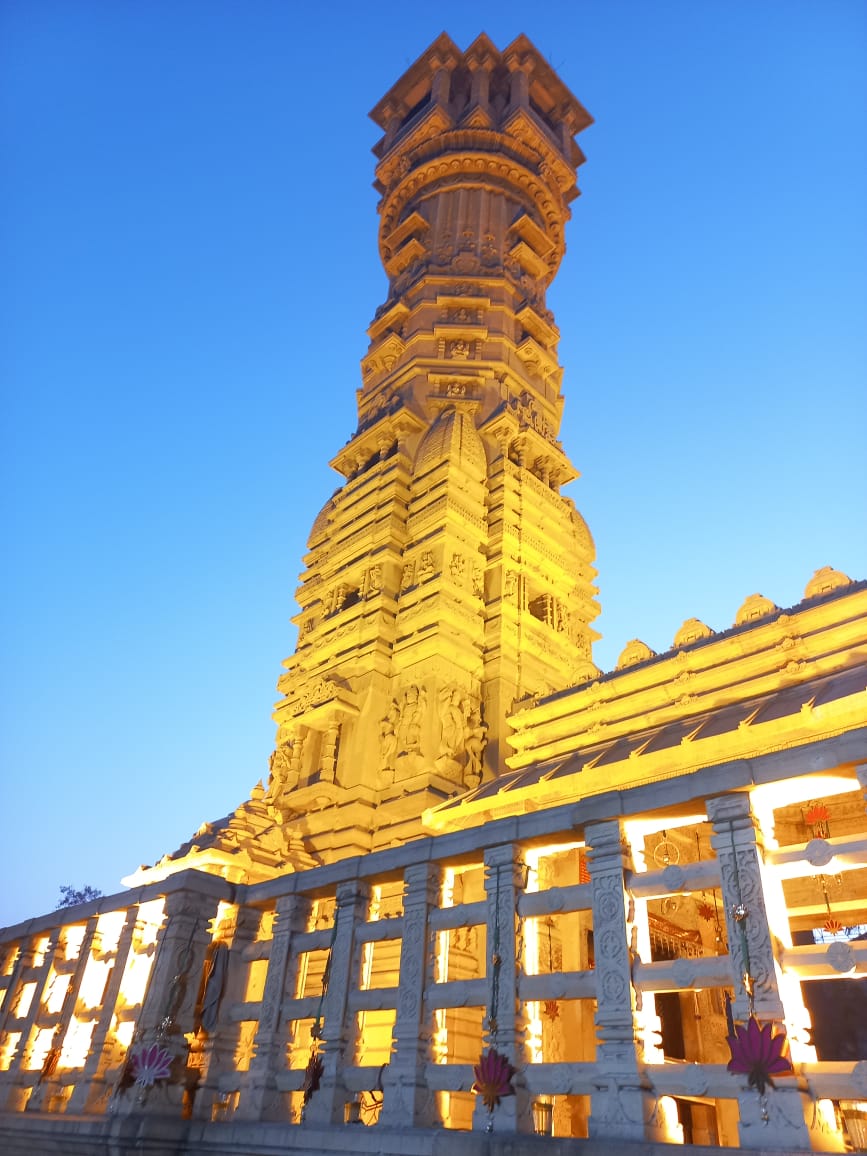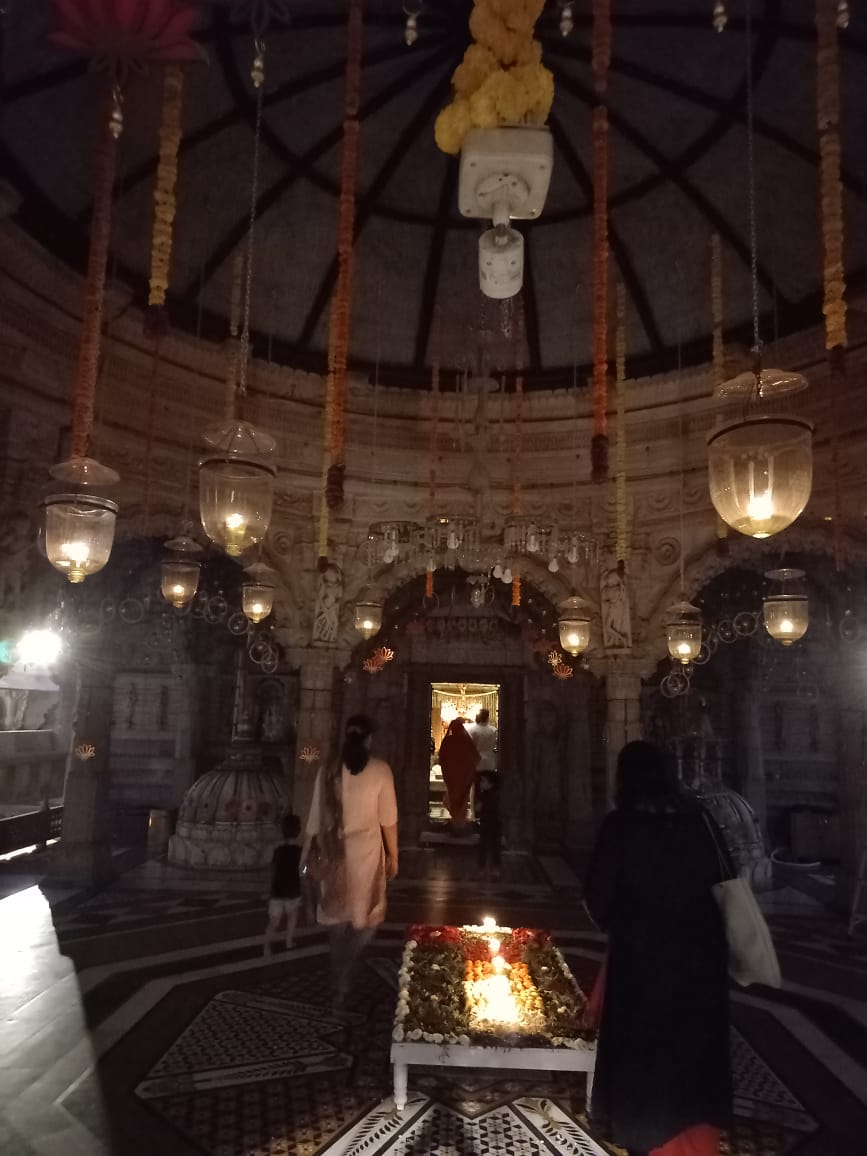As we talk about heritage, Ahmedabad city is the perfect place to relive history. The city is full of beautiful architecture. The Pols of Ahmedabad are wonders in themselves. Among such architectural creations, Hutheesinh Temple holds its own place. The temple was built 175 years ago and it still looks magnificent. The planning and construction were initiated by a city-based trader, Sheth Hathisinh Kesarsinh but due to unfortunate events, he passed away at the age of 49.
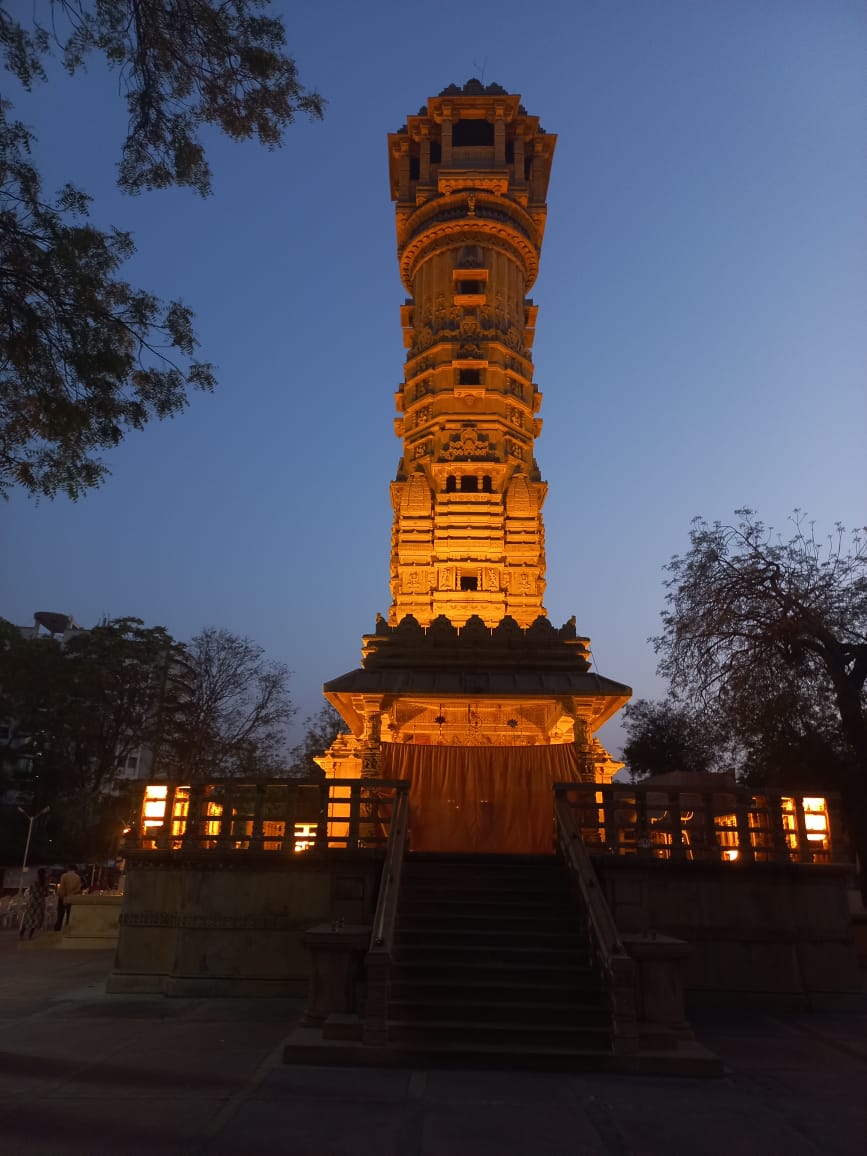
Shethani Harkunvar took over her husband’s project, bearing a total cost of around Rs 12 Lakh. The temple architect was Premchand Salat. The temple is dedicated to Lord Dharmanatha, the fifteenth Jain Tirthankar. The temple was built during a famine in Gujarat and the cost was enough to provide the artisans with at least two years of constant employment. As Shethani Harkunvarba was aware of how dear and special this project was to her husband, she was motivated to make his dream a reality and that dream was realized and Sheth Hutheesinh Kesarsinh’s brainchild has turned 175 this year.
The temple is managed by the Hutheesinh family trust. The ‘moolnayak’ is a marble image of the 15th Tirthankara, Lord Dharamnath. The main temple houses 11 deities, six in the basement and five in three-bay sanctuaries. The temple apart from its rich architecture is also known for its rainwater harvesting structure. The secondary shrines form a long gallery with three sides. The front is ornamented with a dome-shaped structure. There is intricate mirror work in the entrance. As the temple turned 175 years old, there was a grand celebration the temple was adorned with lights and the devotees were mesmerized with its glorious beauty.
There were classical singers in the front of the temple, singing devotional songs and the melody was too pure to make the environment peaceful enough amidst the chaos. The inside of the temple was decorated with lamps and wall hangings, and the most impressive thing was that all the wall hangings and the lamps were hung without any nails shoved into the beautiful carvings of the temple. The idol of Lord Dharmanatha was surrounded by Roses and Arabian Jasmine flowers and the sweet yet mild smell of the incense sticks was a cherry on the top. The sanctum sanctorum or what is known as the Garbhagriha or Mulnayaka is where the main deity was placed and worshiped, looked heavenly with all the lamps, flowers, wall hangings, and the heavenly idol sitting in a meditating pose.
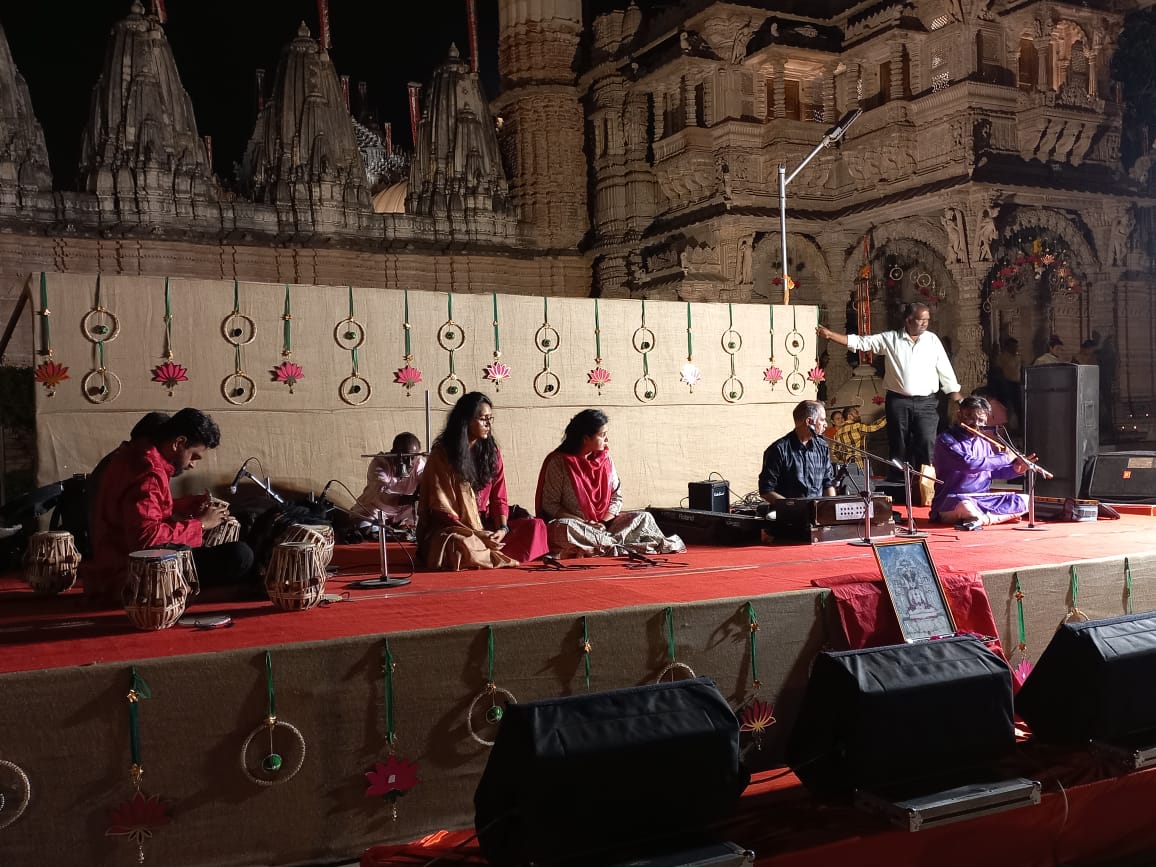
When questioned about what they like the most about the temple, Paulomi Shah, one of the regular visitors of the temple, replied, “One of the things I like the most about this temple is the intricate carvings and the maintenance of the Hutheesinh temple, and the second thing is that this place is extremely peaceful and gives an immense amount of joy to the heart.”
Other devotees Ajay and Raksha Shah, said in unison,“The atmosphere is so peaceful and heavenly, the idols are very realistic. Sheth Hutheesinh and Shethani Harkunvar Baa were inspired by the ‘Falguni Vimaan’ which was used by the heavenly gods.”
Naina Shah, a regular visitor to the temple said “the temple is heavenly and is blessed by the presence of the god himself, the idol is so realistic that it feels like Lord Dharmanatha is present right here, and the architecture is just so heavenly that it is pleasant to the eyes and add to that the atmosphere is soothing to the mind.” Her relative, Kinjal Shah who was visiting the temple for the first time was mesmerized by the beauty of the idol and the architecture.



